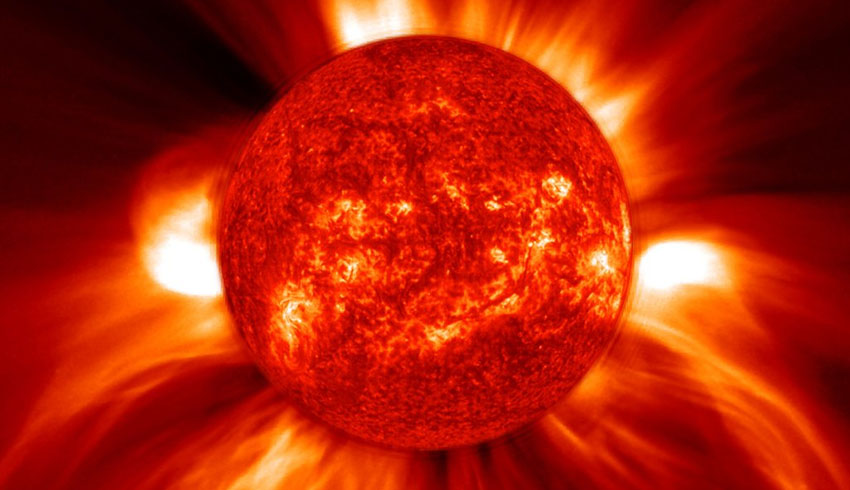NASA's Parker spacecraft is enduring scorching temperatures to gather data, which are being shared for the first time in four new papers that illuminate previously unknown and only-theorised characteristics of our volatile celestial neighbour.
The information Parker has uncovered about how the sun constantly ejects material and energy will help scientists rewrite the models they use to understand and predict the space weather around our planet, and understand the process by which stars are created and evolve.
Thomas Zurbuchen, associate administrator for science at NASA Headquarters in Washington, said, "This first data from Parker reveals our star, the sun, in new and surprising ways."
This information will be vital to protecting astronauts and technology in space – an important part of NASA’s Artemis program, which will send the first woman and the next man to the moon by 2024 and, eventually, on to Mars.
"Observing the sun up close rather than from a much greater distance is giving us an unprecedented view into important solar phenomena and how they affect us on Earth, and gives us new insights relevant to the understanding of active stars across galaxies. It’s just the beginning of an incredibly exciting time for heliophysics with Parker at the vanguard of new discoveries," Zurbuchen added.
Among the findings are new understandings of how the sun's constant outflow of solar wind behaves. Seen near Earth, the solar wind plasma appears to be a relatively uniform flow – one that can interact with our planet's natural magnetic field and cause space weather effects that interfere with technology.
Instead of that flow, near the sun, Parker's observations reveal a dynamic and highly structured system, similar to that of an estuary that serves as a transition zone as a river flows into the ocean.
For the first time, scientists are able to study the solar wind from its source, the sun's corona, similar to how one might observe the stream that serves as the source of a river. This provides a much different perspective as compared with studying the solar wind where its flow impacts Earth.
Nicola Fox, director of the heliophysics division at NASA Headquarters, explained, "The sun is the only star we can examine this closely. Getting data at the source already is revolutionising our understanding of our own star and stars across the universe. Our little spacecraft is soldiering through brutal conditions to send home startling and exciting revelations."
Parker Solar Probe is part of NASA’s Living with a Star program to explore aspects of the sun-Earth system that directly affect life and society.
The Living with a Star program is managed by the agency’s Goddard Space Flight Centre in Greenbelt, Maryland, for NASA’s Science Mission Directorate in Washington. Johns Hopkins University Applied Physics Laboratory in Laurel, Maryland, designed, built and operates the spacecraft.

